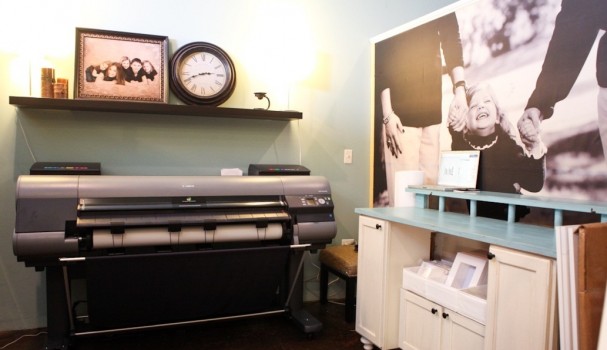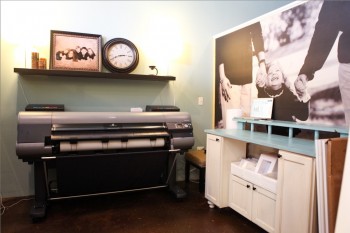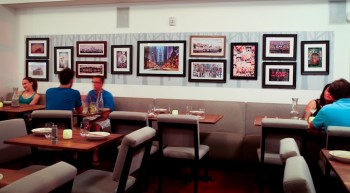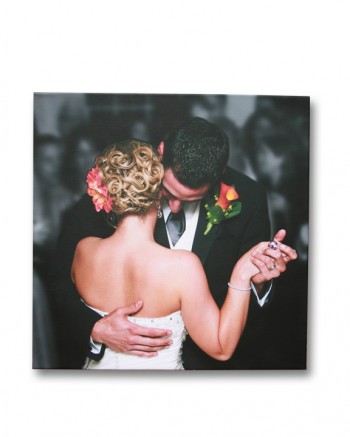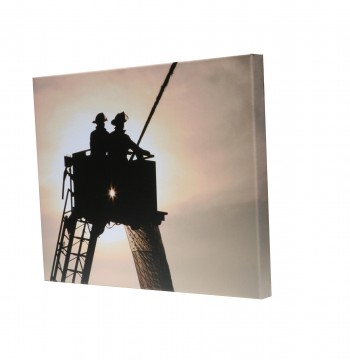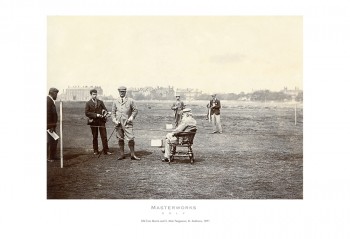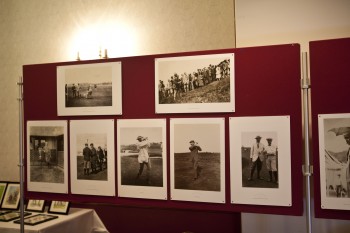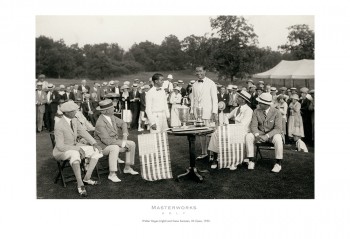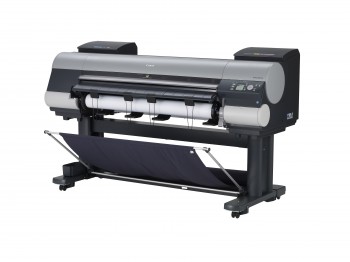 With Canon’s recent instant, mail-in and trade-in programs, you can get a new Canon iPF8300 44″ printer with a full set of inks for as low as $1,999 after rebate.
With Canon’s recent instant, mail-in and trade-in programs, you can get a new Canon iPF8300 44″ printer with a full set of inks for as low as $1,999 after rebate.
Canon is now accepting all EPSON Stylus Pro 4000 and 7000 Series printers, HP Designjet Z2100, Z3100 and Z3200 printers, plus all other 36-inch or wider printers for its trade-in program. The trade-in program gives you $880 back when you send in a picture of the serial number of your 36-inch or wider printer or Stylus Pro 4000/7000 Series printer.
You can add that trade-in amount to Canon’s $500 instant rebate when you purchase an iPF8300 between now and Sept. 30, and the $1,000 mail-in rebate (Cash Back with Large Format Printer Purchase program) for a potential total of $2,380 off the price of the printer, which will be shipped with a full set of inks.
Even if you don’t have a trade-in, after the mail-in and instant rebates you can still get up to $1,500 off, bringing the price of the printer down to $2,879.
For more information and take advantage of these Canon promotions for the iPF8300, contact a LexJet customer specialist at 800-453-9538.

